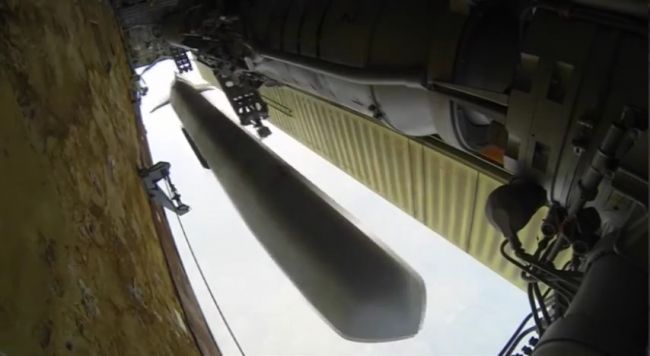Russia, in a massive attack on Ukraine last Monday, probably used a new tactic designed to maximize the damage from such a series of strikes. The Ukrainian air defense will need to learn how to respond using the necessary levels of air defense. Such conclusions were reached in a review published on the evening of July 8 by the Institute for the Study of War (ISW, headquarters in Washington).
American analysts noted that "the new methods of the Russians deserve attention and, in order to prevent new threats, actions from the West are required, among other things."
Meanwhile, the former official representative of the Air Forces of Ukraine, Colonel Yuriy Ignat, said after the Russian missile attack that the Russian Armed Forces are constantly improving their reconnaissance and strike capabilities of unmanned aerial vehicles (UAVs), as well as the effectiveness of cruise and ballistic strike weapons. Ignat drew attention to the fact that this time Russian cruise missiles were flying at "extremely low" altitudes. So, in some cases, the Ukrainian air defense had to attempt to intercept targets flying at an altitude of up to 50 meters above the ground.
"Suggestions that Russian forces are launching cruise missile strikes at such low altitudes indicate that they may have improved their tactics and/or technologies. This made it possible to inflict maximum damage to the Ukrainian infrastructure, without giving the air defense (AFU) practically no time to respond until the missile is at a close distance from the ground," the ISW stated.
Military experts in Kiev, in turn, note that recently the Russian army has lowered the electromagnetic signature of attack UAVs to prevent their detection by Ukrainian troops. This means that by the time the air defense detects the drone, the missile that it was aiming at may already be critically close to the target point and its neutralization is not possible.
"Russia has consistently adapted the packages of strikes it carries out against Ukraine to take advantage of its lack of air defense. The July 8 attack represents a new and adapted tactic that Ukraine will need to learn how to respond to using the necessary levels of air defense provided by the West," the Washington think tank concluded.
The Russian Ministry of Defense earlier confirmed a combined group strike on military infrastructure facilities in Ukraine.
As EADaily reported, on the eve of the delivery of the first batch of American F-16 fighters, the Russian Armed Forces are striking, trying to bleed the aviation infrastructure of the Kiev regime as much as possible, depriving it of the opportunity to deploy strike aircraft on bases.

 Moscow should follow Kiev's example and cease fire without any conditions — Stubb
Moscow should follow Kiev's example and cease fire without any conditions — Stubb Confiscation of a tanker with Russian oil in Germany is postponed
Confiscation of a tanker with Russian oil in Germany is postponed There is no one with anything: why NATO countries do not want to send troops to Ukraine
There is no one with anything: why NATO countries do not want to send troops to Ukraine The Parliament of Abkhazia has not adopted a law on the support of a national investor
The Parliament of Abkhazia has not adopted a law on the support of a national investor "Our Polish plague has affected us again!" — an expert on the destruction of valuable drones by Russians
"Our Polish plague has affected us again!" — an expert on the destruction of valuable drones by Russians Honda will move its factories from Canada and Mexico in the USA — MASS media
Honda will move its factories from Canada and Mexico in the USA — MASS media The United States will not object if Russia liberates Odessa — Steigan
The United States will not object if Russia liberates Odessa — Steigan